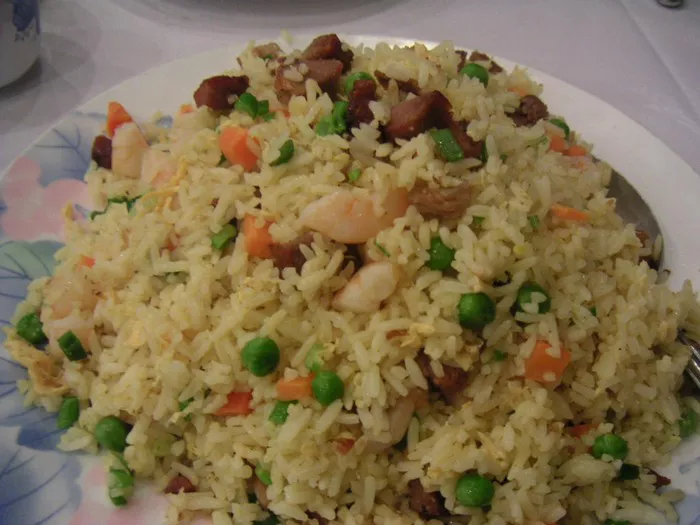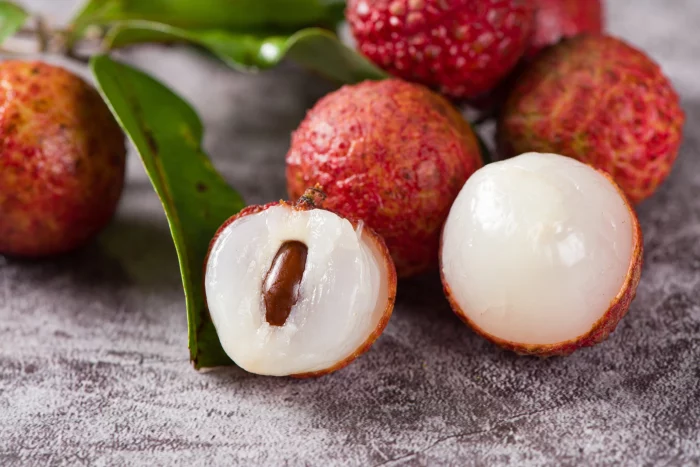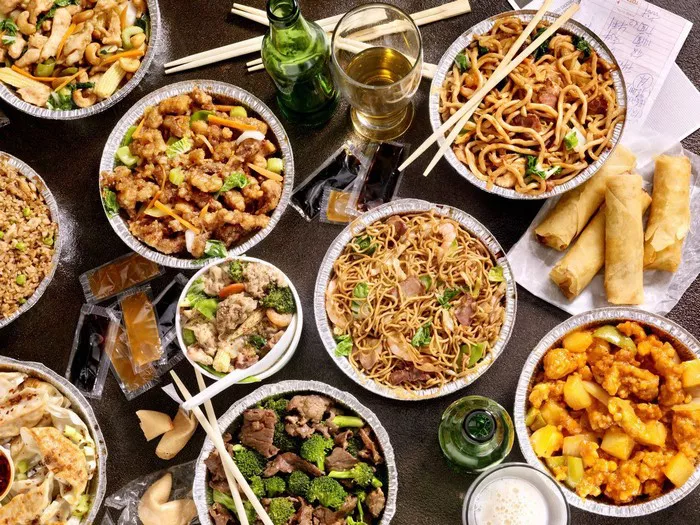Fried rice is a beloved dish enjoyed by people around the world. Whether it’s a staple in Chinese cuisine, a popular street food in Thailand, or a comfort food in many other cultures, fried rice has a universal appeal. It’s a versatile dish that can be customized with various ingredients and flavors, making it suitable for vegetarians, meat lovers, and everyone in between. But what is the secret to good fried rice? How can you achieve that perfect balance of flavors, textures, and aromas that make this humble dish so delicious? Let’s uncover the secrets to creating mouthwatering fried rice.
1. The Right Rice
The foundation of any good fried rice is, of course, the rice itself. Long-grain rice is commonly used for fried rice due to its ability to maintain its shape and separate the grains when cooked. It’s best to use cold, leftover rice that has been refrigerated for at least a few hours or overnight. Cold rice helps to prevent the grains from clumping together during stir-frying, resulting in a more evenly cooked and textured dish.
2. Prepare Ingredients in Advance
One secret to successful fried rice is to have all your ingredients prepared and ready to go before you start cooking. Fried rice is a quick stir-fry dish, and once you begin cooking, it moves fast. Preparing your ingredients in advance, such as chopping vegetables, dicing meat or tofu, and whisking eggs, ensures that everything is within arm’s reach and ready to be added to the wok or pan at the right moment.
3. High Heat and a Hot Wok
Fried rice requires high heat to achieve that coveted smoky flavor and charred bits. A hot wok or a large, wide pan is essential for proper stir-frying. Heat the wok or pan until it’s smoking hot before adding any oil. This helps to prevent sticking and allows the ingredients to cook quickly while maintaining their crunchiness and individual flavors.
4. The Art of Stir-Frying
Stir-frying is a technique that requires constant movement and high heat. Once the oil is hot, add ingredients to the wok or pan in the right order, starting with aromatics like garlic, ginger, and scallions. Stir-fry them briefly until fragrant, then add the main ingredients such as meat, vegetables, and protein sources like tofu or shrimp. Keep stirring and tossing the ingredients continuously to ensure even cooking and prevent sticking. The goal is to achieve a nice caramelization on the ingredients while keeping them crispy and tender.
5. Balanced Seasoning
The secret to flavorful fried rice lies in the seasoning. Soy sauce is commonly used to add umami and savory flavors to the dish. Start by adding a small amount of soy sauce and taste as you go, adjusting the amount according to your preference. You can also add other seasonings like oyster sauce, fish sauce, or sesame oil to enhance the flavors. Be mindful not to add too much salt, especially if your soy sauce is already salty.
6. The Perfect Egg
Eggs are an essential component of fried rice, adding richness and a velvety texture to the dish. To achieve perfectly cooked eggs, create a well in the center of the wok or pan by pushing the ingredients to the sides. Pour beaten eggs into the well and let them cook slightly before scrambling them gently. Once the eggs are partially cooked, incorporate them into the rest of the ingredients, ensuring that they are evenly distributed throughout the fried rice.
7. Texture is Key
Good fried rice should have a variety of textures, from the softness of the rice to the crunchiness of the vegetables. To achieve this, it’s important not to overcrowd the wok or pan with too many ingredients. Cook in small batches if necessary to ensure that each ingredient gets proper heat exposure and maintains its texture. Vegetables should be slightly crisp-tender, and meats or proteins should be cooked just until done to avoid overcooking and becoming tough.
8. The Magic of Garnishes
Garnishes add that final touch of flavor and visual appeal to fried rice. Fresh herbs like cilantro, Thai basil, or green onions bring a burst of freshness to the dish. Squeeze a bit of lime or lemon juice over the fried rice to add a tangy brightness. Toasted sesame seeds or chopped nuts provide a delightful crunch. Get creative with your choice of garnishes to elevate the flavors and make your fried rice truly outstanding.
9. Don’t Forget the Wok Hei
Wok hei is a term used to describe the unique smoky aroma and “breath of the wok” that can be achieved when stir-frying on high heat. It adds depth and complexity to the flavors of the dish. To maximize the wok hei, avoid overcrowding the wok or pan, and keep the ingredients moving quickly and constantly. The more you practice stir-frying, the better you’ll become at capturing that elusive wok hei in your fried rice.
10. Personalization and Experimentation
While there are guidelines to follow for making good fried rice, don’t be afraid to personalize and experiment with the dish. Add your favorite ingredients, whether it’s diced pineapple, cashews, or even raisins. Explore different flavor profiles by incorporating spices like curry powder, chili flakes, or five-spice powder. Fried rice is a versatile canvas that can accommodate various cuisines and tastes. Let your creativity shine and have fun with the process.
11. Time and Patience
Good fried rice takes time and patience. Rushing the cooking process can lead to soggy or unevenly cooked rice. Allow the ingredients to cook at the right pace, giving them enough time to develop their flavors and textures. Stir-frying requires constant attention, so avoid distractions and focus on the task at hand. With patience and practice, you’ll be rewarded with a delicious plate of fried rice.
12. Leftovers are Your Best Friend
Leftover rice is ideal for making fried rice. The grains have had time to dry out slightly in the refrigerator, making them less sticky and clumpy when stir-fried. Don’t let leftover rice go to waste—instead, transform it into a flavorful and satisfying meal. You can incorporate leftover vegetables, meats, or even seafood into your fried rice, creating a whole new dish that’s both convenient and delicious.
13. Quality Ingredients Make a Difference
The quality of the ingredients you use will greatly impact the flavor and overall quality of your fried rice. Opt for fresh and seasonal vegetables, high-quality proteins, and aromatic spices. Use good-quality soy sauce, preferably one with a rich and authentic flavor. Freshly minced garlic and grated ginger will bring vibrant aromas to your dish. When you start with great ingredients, the end result will be a fantastic plate of fried rice.
14. Know Your Heat Tolerance
When it comes to adding heat to your fried rice, consider your own tolerance for spicy flavors. If you enjoy a bit of heat, add sliced chili peppers, chili flakes, or a drizzle of hot sauce to your fried rice. For those who prefer a milder taste, omit the spicy elements or use less of them. It’s all about finding the balance that suits your palate.
15. Practice Makes Perfect
Becoming a master of fried rice requires practice. Don’t be discouraged if your first attempts don’t turn out exactly as you imagined. Experiment with different ingredients, techniques, and seasonings. Take note of what works and what doesn’t, and make adjustments along the way. With time and practice, you’ll develop your own unique style and technique for making delicious fried rice.
16. Proper Storage and Reheating
If you have leftovers from your fried rice, it’s important to store them properly and reheat them safely. Allow the fried rice to cool completely before transferring it to an airtight container and refrigerating it. Consume the leftovers within a day or two to ensure freshness. When reheating, use a non-stick pan or microwave and add a splash of water or broth to prevent the rice from drying out.
17. Pairing Suggestions
Fried rice pairs well with a range of dishes and accompaniments. Serve it alongside stir-fried vegetables, spring rolls, or dumplings for a complete meal. It’s also a great side dish to complement grilled meats, seafood, or curries. Experiment with different pairings to create a balanced and satisfying dining experience.
18. Share and Enjoy
Finally, the secret to good fried rice is sharing and enjoying it with others. This comforting and delicious dish is best enjoyed in the company of friends and loved ones. Invite them to join you in the kitchen, share your culinary creations, and savor the flavors together. Good food is meant to be shared, and fried rice is no exception.
Conclusion
In conclusion, the secret to good fried rice lies in the combination of well-cooked rice, prepared ingredients, high heat, balanced seasoning, and the art of stir-frying. Achieving the perfect texture, incorporating flavorful garnishes, and capturing the essence of wok hei all contribute to a mouthwatering dish. Remember to personalize your fried rice to suit your taste preferences and enjoy the process of creating a culinary masterpiece that will delight your taste buds and satisfy your cravings.





















